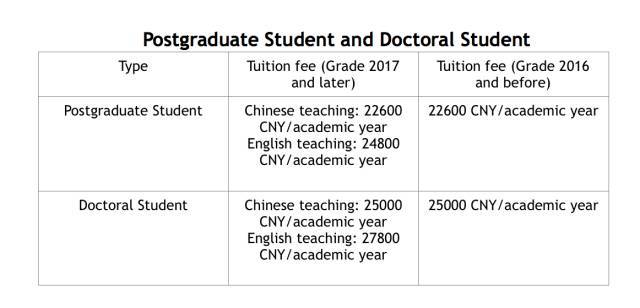"Can You Use a 529 to Pay for Student Loans? Exploring Your Options and Benefits"
#### Can you use a 529 to pay for student loans?As college tuition continues to rise, many families are seeking effective ways to manage education-related e……
#### Can you use a 529 to pay for student loans?
As college tuition continues to rise, many families are seeking effective ways to manage education-related expenses, including student loans. One common question that arises is: **Can you use a 529 to pay for student loans?** This inquiry is particularly relevant given the increasing burden of student debt on graduates and their families.
A 529 plan is a tax-advantaged savings plan designed to encourage saving for future education costs. While these plans are primarily intended for covering qualified education expenses such as tuition, fees, books, and room and board, recent legislative changes have expanded the options for using 529 funds.
### Understanding 529 Plans
First, it’s essential to understand what a 529 plan is. There are two main types of 529 plans: prepaid tuition plans and education savings plans. Prepaid plans allow you to prepay for tuition at today’s rates, while education savings plans let you invest in a variety of investment options to grow your savings over time.
The primary benefit of a 529 plan is the tax advantages it offers. Contributions to a 529 plan grow tax-free, and withdrawals for qualified education expenses are also tax-free. Some states even offer tax deductions or credits for contributions made to these plans.
### Recent Changes to 529 Plans

In 2019, the Setting Every Community Up for Retirement Enhancement (SECURE) Act introduced significant changes to 529 plans. One of the most notable changes was the allowance for 529 funds to be used for repaying student loans. Specifically, the law permits account holders to withdraw up to $10,000 from a 529 plan to pay off the student loans of the beneficiary or their siblings.
This change has provided new flexibility for families who may have already saved in a 529 plan but now face the challenge of managing student debt. However, it's important to note that the $10,000 limit applies to each beneficiary, meaning that if you have multiple children, you can potentially withdraw $10,000 for each child’s student loans.
### Benefits of Using a 529 to Pay Student Loans
Using a 529 plan to pay off student loans can be advantageous in several ways:
1. **Tax-Free Withdrawals**: Since 529 plans allow for tax-free withdrawals for qualified expenses, using these funds to pay student loans can save you money on taxes.

2. **Flexibility**: The ability to use 529 funds for student loan repayment adds a layer of flexibility for families who may have different education funding needs.
3. **Debt Management**: For graduates, managing student loan debt can be overwhelming. Utilizing 529 funds can help alleviate some of this financial burden, allowing them to focus on their careers and future financial goals.
### Considerations Before Using 529 Funds
While there are benefits to using a 529 plan for student loan repayment, there are also considerations to keep in mind:
- **Contribution Limits**: The $10,000 limit may not cover the entire amount of student loans for some graduates, so additional funding sources may still be necessary.

- **State Tax Implications**: Some states may have specific rules regarding the use of 529 funds for student loans, which could impact your tax situation. It’s advisable to consult with a tax professional or financial advisor.
- **Impact on Financial Aid**: Withdrawals from a 529 plan can affect financial aid eligibility, so it’s crucial to understand how this might impact future educational funding needs.
### Conclusion
In summary, the question **"Can you use a 529 to pay for student loans?"** is answered with a resounding yes, thanks to recent legislative changes. This option provides families with an additional tool to manage the rising costs of education and student debt. However, it’s essential to weigh the benefits against potential drawbacks and consult with a financial advisor to make informed decisions that align with your financial goals. By understanding how to effectively use a 529 plan, families can take proactive steps toward financial stability in education and beyond.